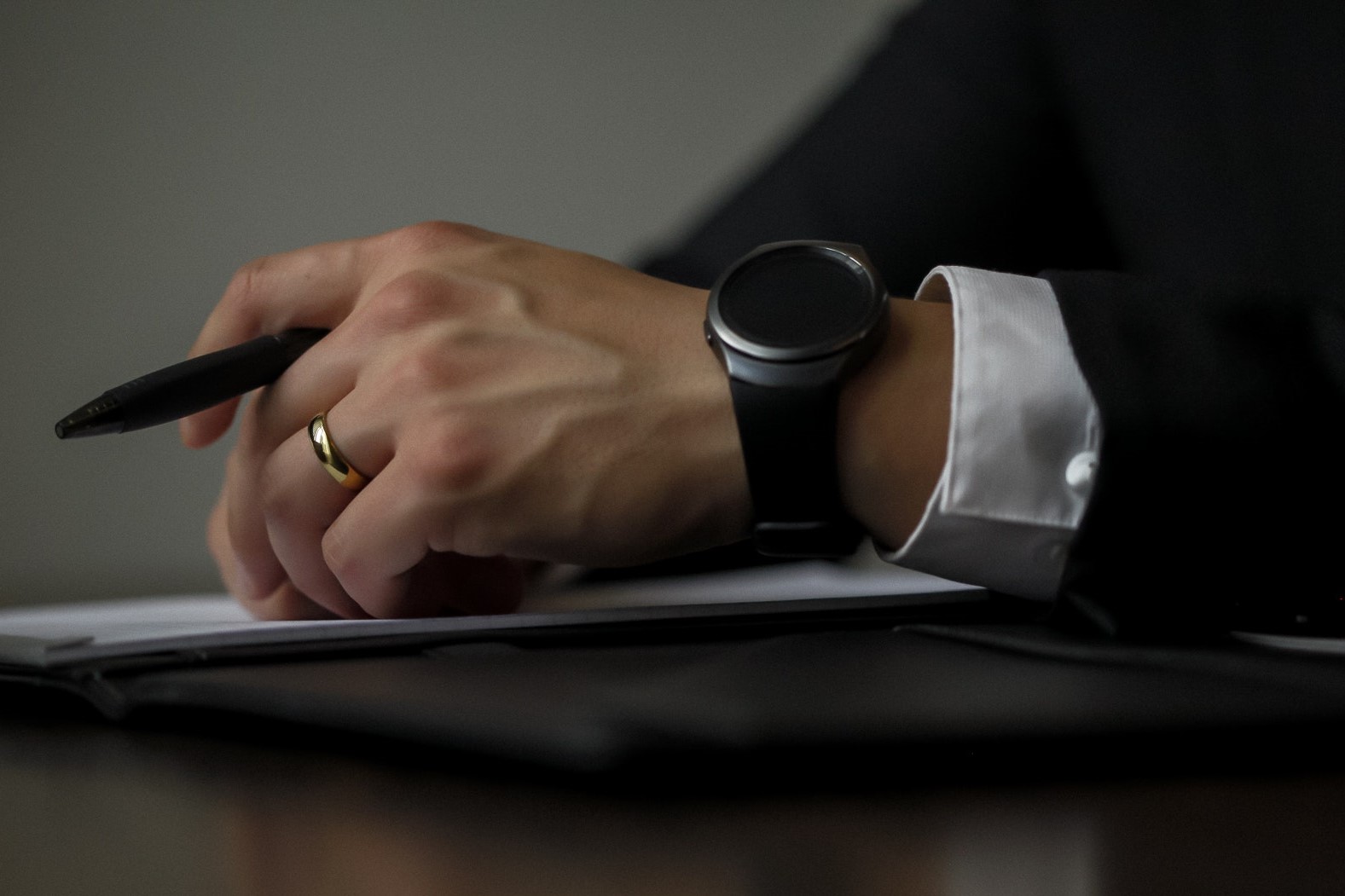Customer Service Is King
The rules for answering a telephone are simple but they need to be continually reviewed and practised. Outlined below are the most basic rules, which should always be employed.
1. Use the four answering courtesies:
- Greet the caller
- State your organisation (or department)
- Introduce yourself
- Offer your help
“Good afternoon, Accounts, Claire Cooper speaking. How may I help?”
2. Show enthusiasm when you answer the telephone. It helps make the caller feel welcome a tired voice lacking in enthusiasm is very unappealing and reflects on the professionalism of your organisation.
3. Use friendly phrases as part of your greeting.
- “Thanks for calling.”
- “May I help you?”
4. Smile and dial don’t moan and groan!
Always smile before you pick up the telephone. It may help if you have a mirror on your desk, this way you will be able to see how you sound on the telephone. Also, as a reminder, tape the word ‘Smile’ on your phone.
Closing the conversation
When you finish your telephone conversation there are some appropriate and courteous statements that should always be made.
You should:
- Thank the caller.
- Let the caller know you appreciate his/her business.
- Provide assurance that any promises will be fulfilled.
- Leave the caller with a positive feeling
Some successful closing statement examples are:
- “Thank you for calling. "
- "Thanks for your order."
- "Feel free to call us anytime."
- "I'm glad we were able to help."
- "Goodbye and thanks for calling."
- "I enjoyed talking with you."
- "If you have any additional questions please call me."
Tip: Let the caller hang up first
This is simple courtesy, plus it gives the caller a final chance to add something.
Handling Customer Perceptions
It’s not always “what we say”, but “how we say it” that creates a good or bad customer perception. We need to be aware of the ‘throw-away’ statements, which may mean little to us but will affect the way the customer perceives your organisation. All of the statements below can produce a poor customer perception.
- "I'm sorry I didn't call you back. My boss had us in another meeting that lasted all morning.”
- "I'm sorry it took so long. Now what do you want?"
- “I’m sorry you had to wait. Our telephone operators are very slow.”
How to respond to a complaining customer
Listen with understanding. Identify with the customer and "own" the complaint. This defuses anger and demonstrates your concern. Tell the customer something such as, “I am sorry you have been inconvenienced.” Tell me what happened so that I can help you." It is vital to show a sincere interest and willingness to help. The customer's first impression of you is all important in gaining co-operation. No matter what caused the problem, do not blame others or make excuses. Instead, take the responsibility and initiative to do whatever you can to solve the problem as quickly as possible. Paraphrase and record what the customer tells you. Whenever you hear an important point, say, "Let me make sure I understand: you were promised delivery on the 15th and you did not receive the product until the first of the following month. Is that correct?" Find out what the customer wants. Does he or she want a refund, credit, discount or replacement? The customer is complaining because he or she has a problem and wants it solved as quickly as possible.
Tips for Effective Telephone Use
If you are right-handed, put your phone on the LEFT SIDE of the desk – this enables you to hold the phone and take notes at the same time. Let people know, by briefing your receptionist/secretary or telephone answering staff when you will RETURN CALLS -- don't leave people hanging; this enables you to set your caller's expectations rather than leaving your caller in limbo tied to the phone waiting for you to call them back.
If you have to leave a message on an answerphone tell people exactly what you need, how to contact you, and the best time to reach you. Be specific with your message. If you want a return call, don't end with "Call me as soon as possible" or "Call me soon" Everyone has "too much to do “and your call just adds to their list of jobs to be actioned.
· When leaving messages with a human being, ask that person to REPEAT your message back to you to make sure they got it right.
· Ask if SOMEONE ELSE can help you, rather than leaving a message - you may be taken care of quicker by another person.
· Respect other people's time -- gather together all the information you need to take care of a request BEFORE you return a phone call.
If you can't deliver when you say you will, or your telephone is constantly engaged, you have a fundamental customer service failure, which clearly needs fixing as a high priority.




